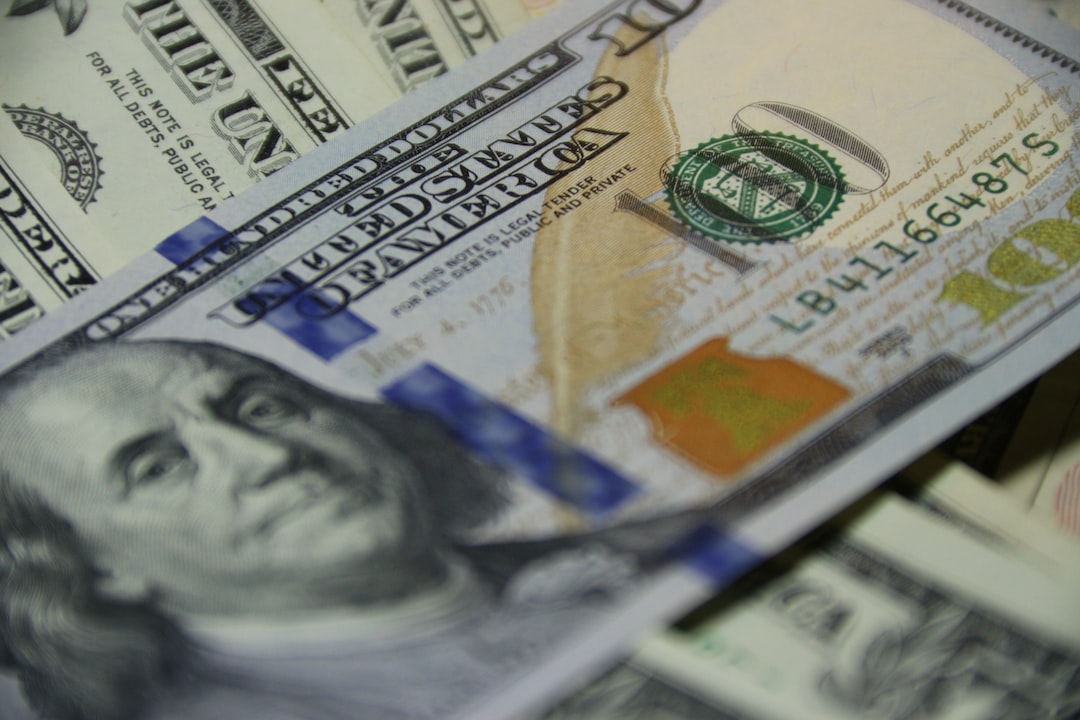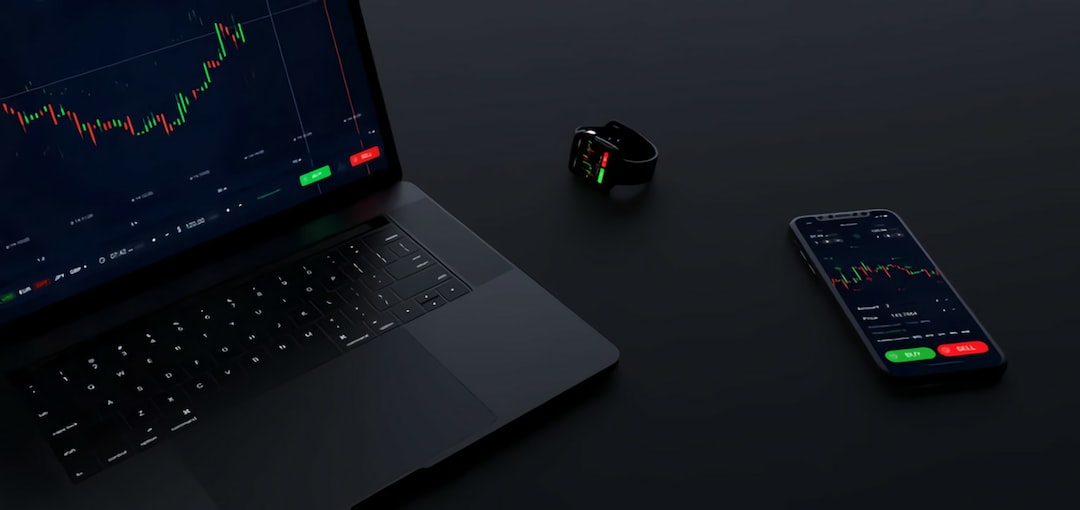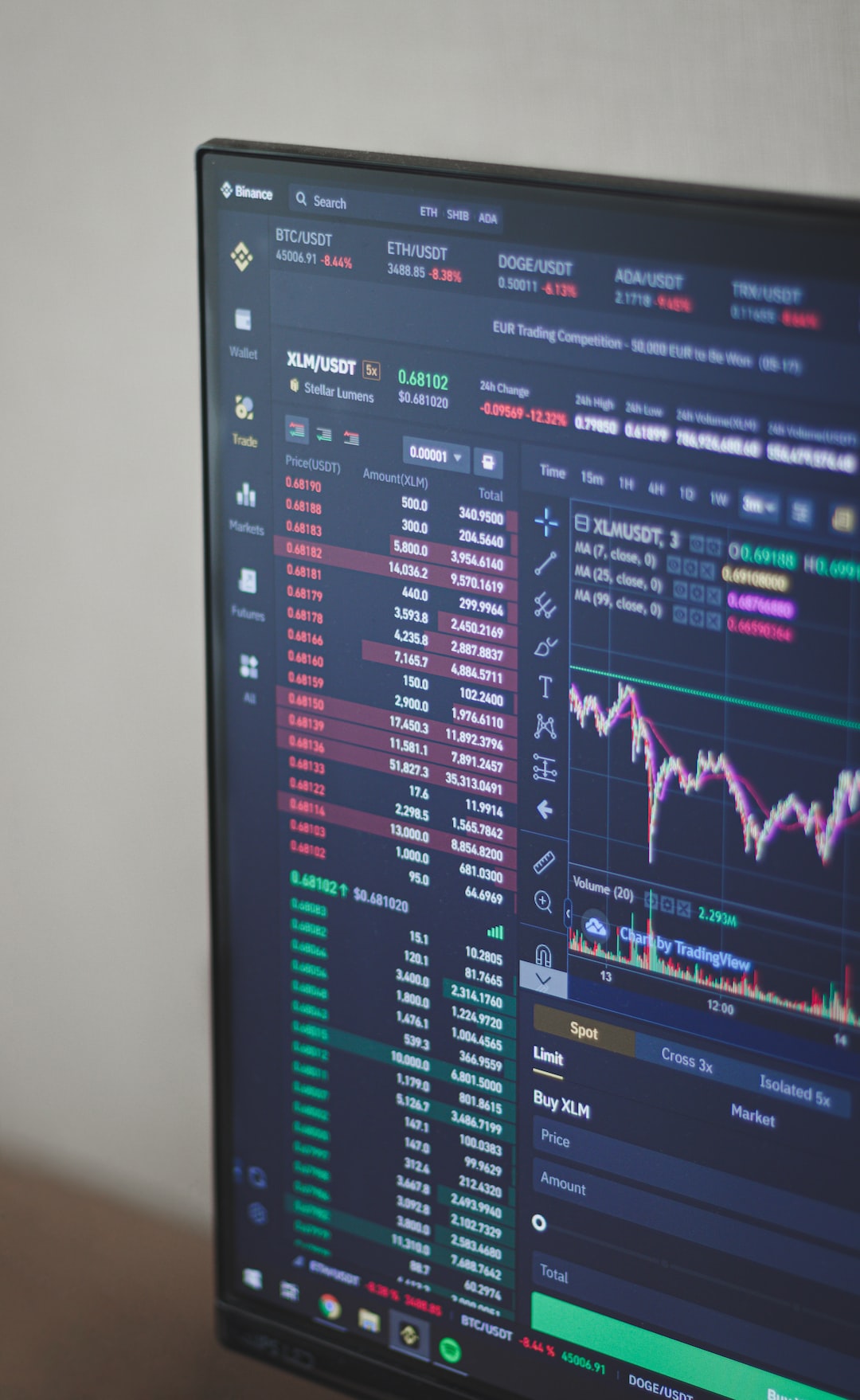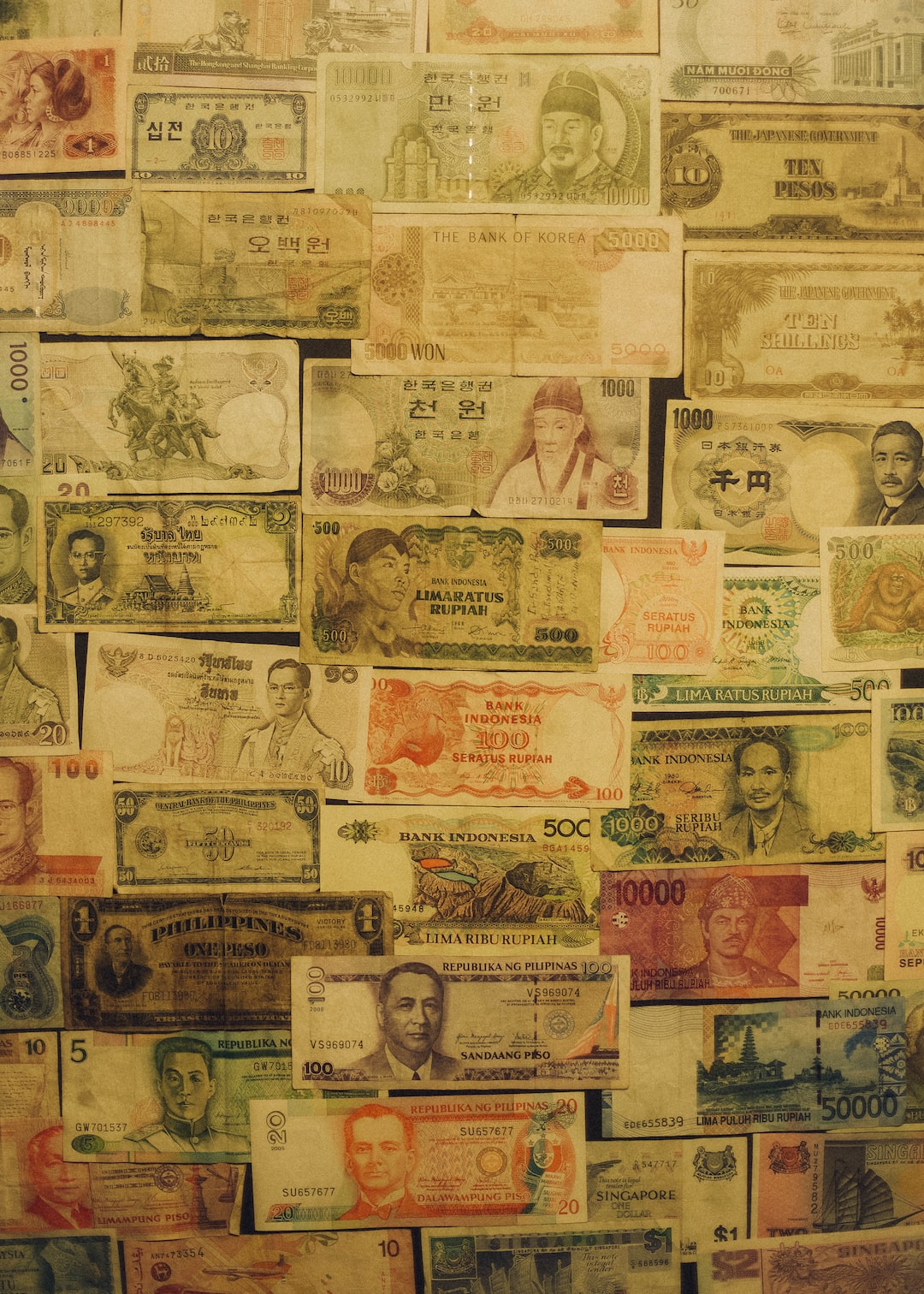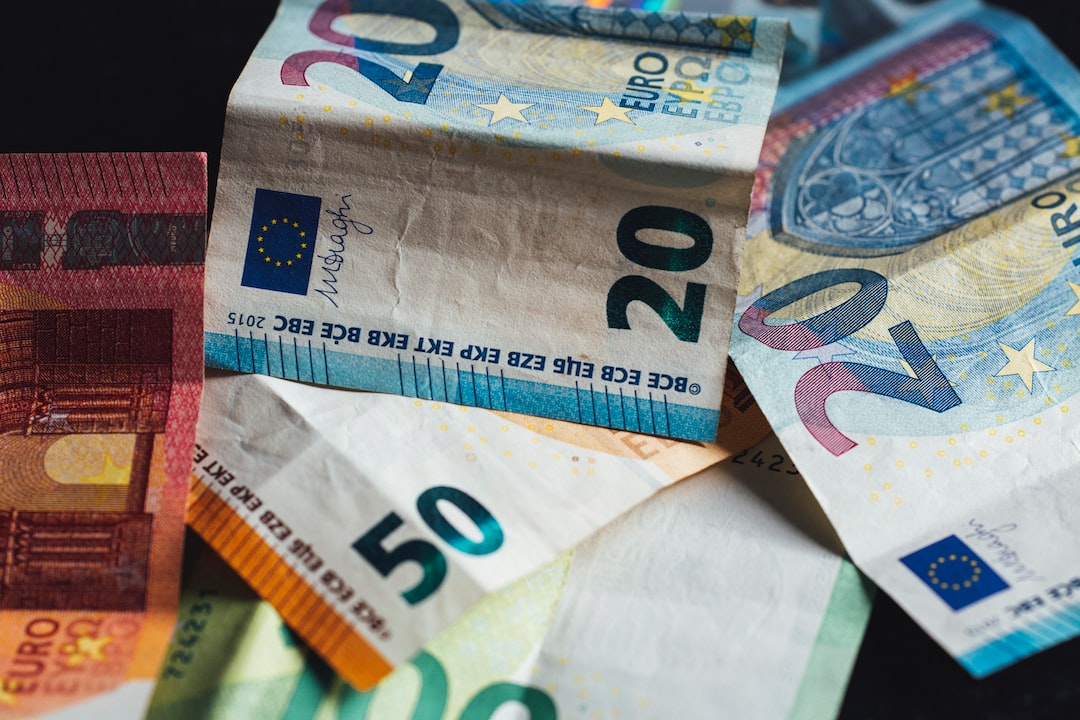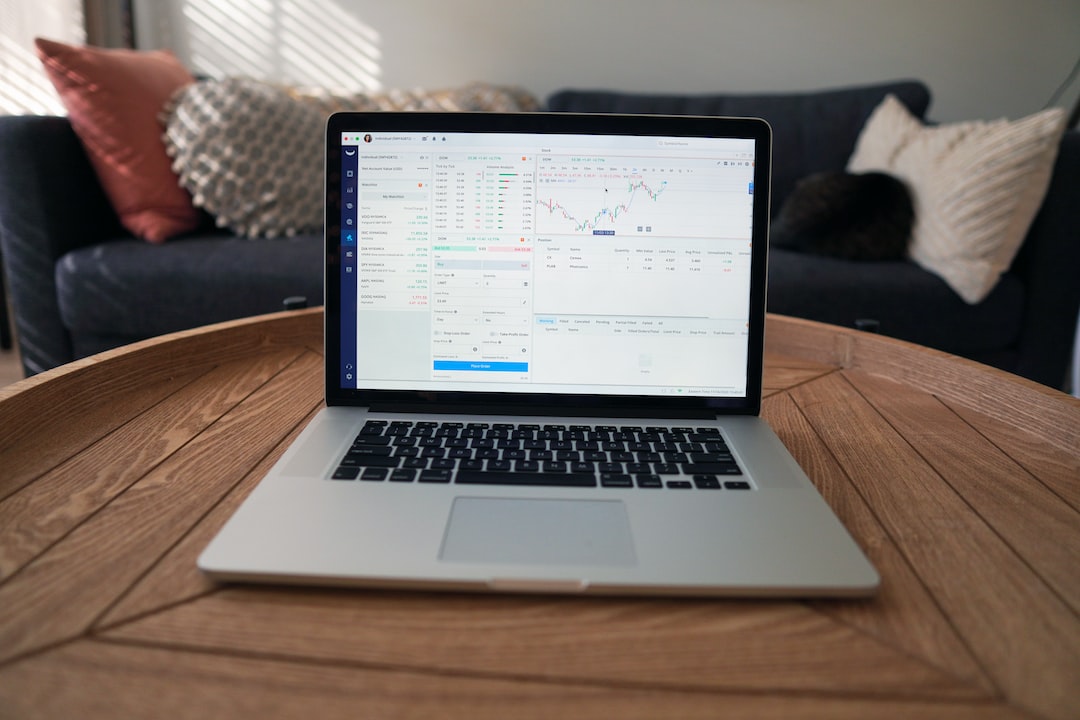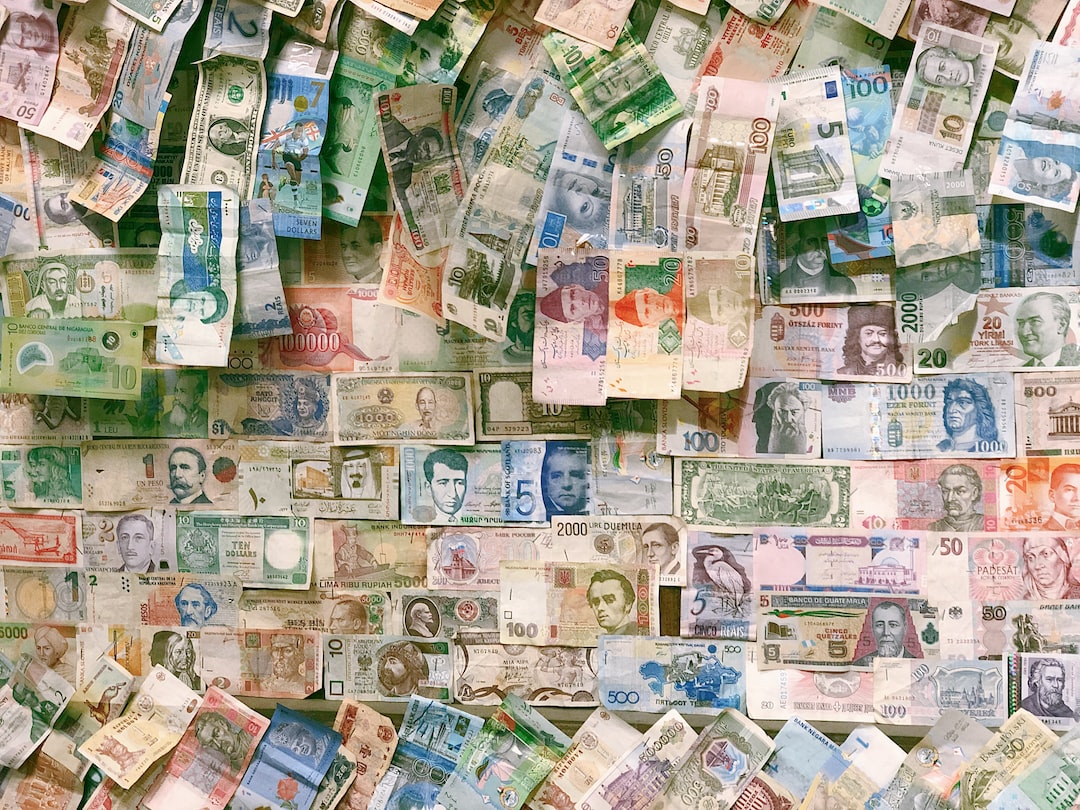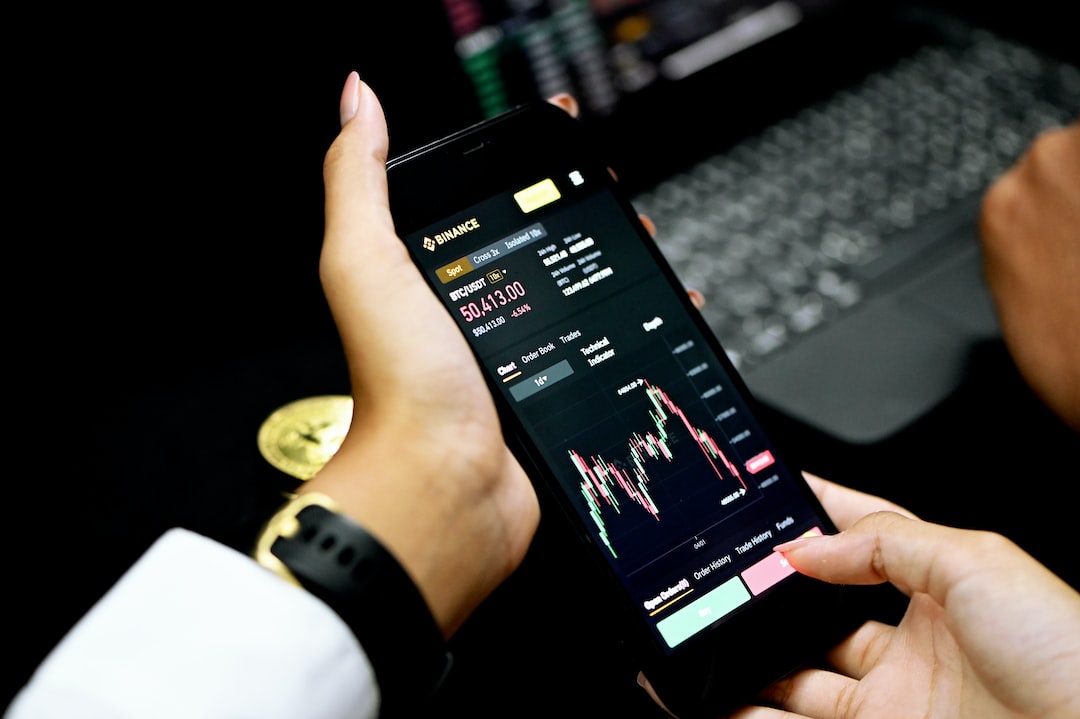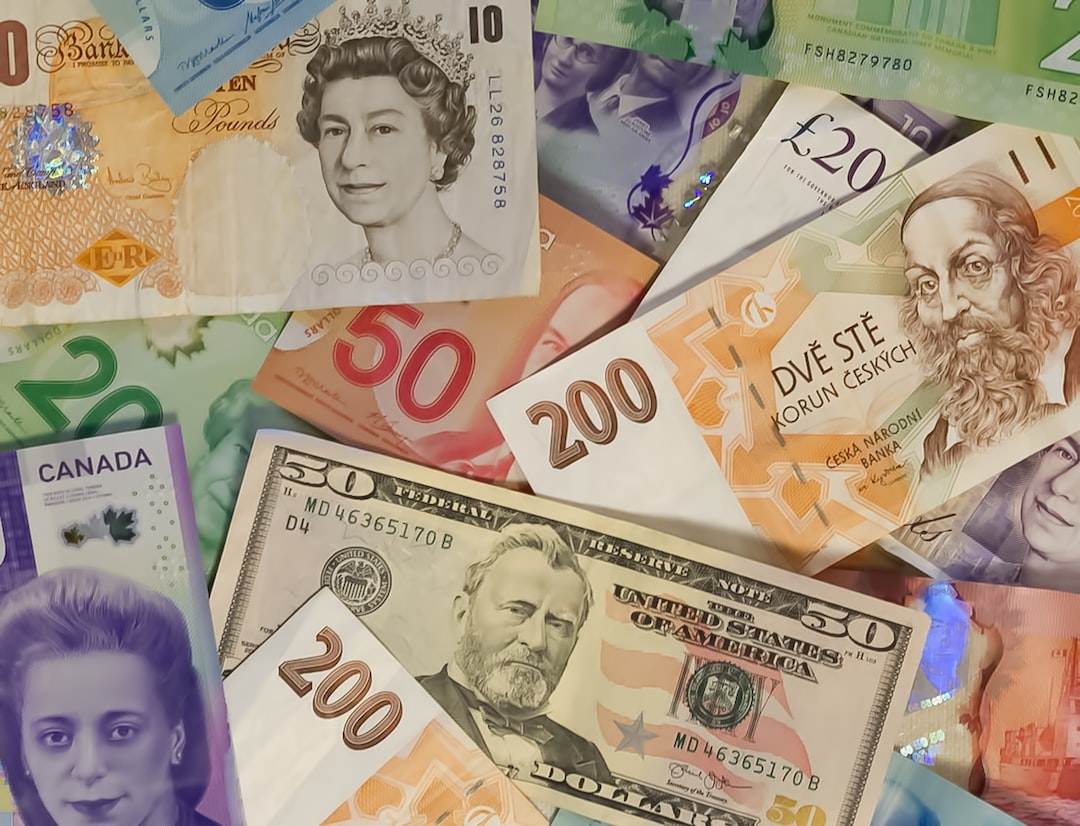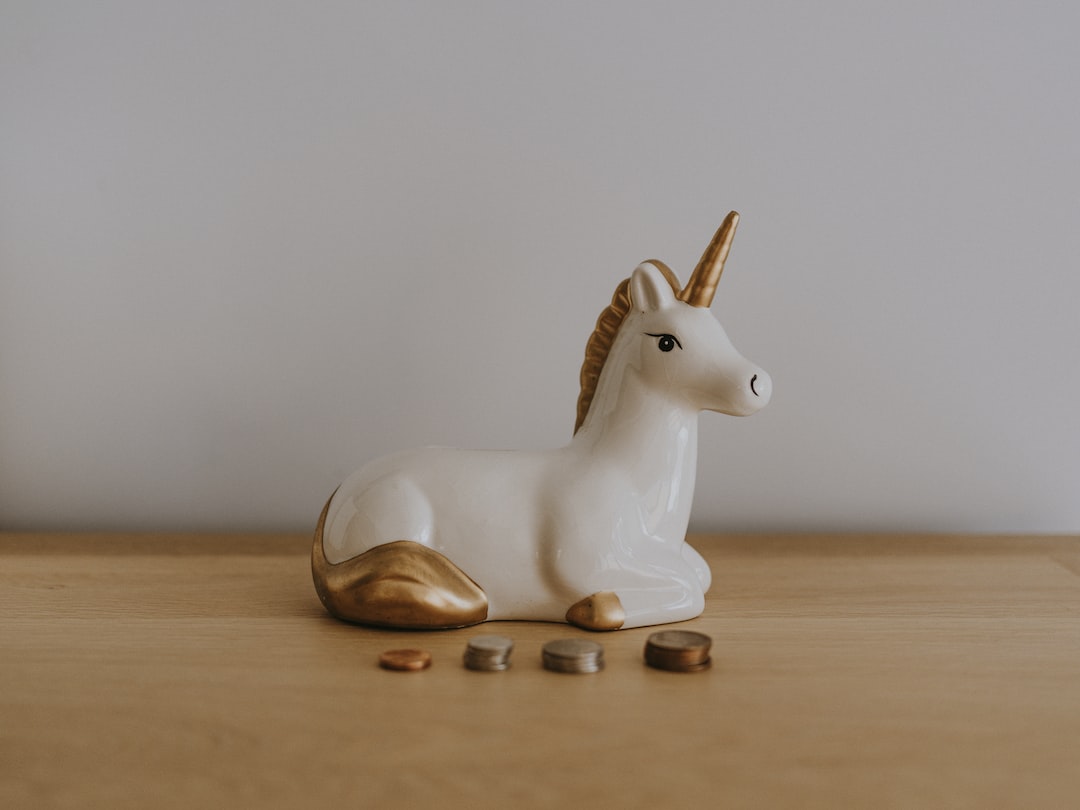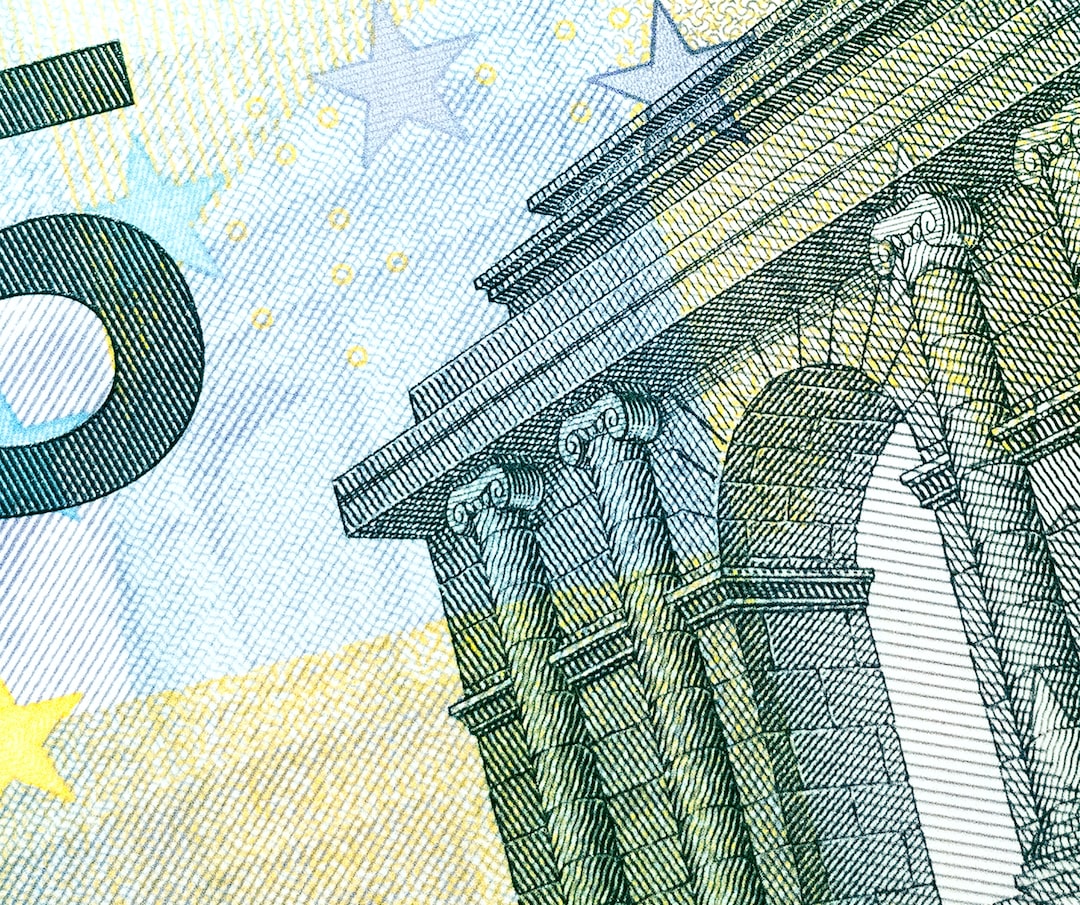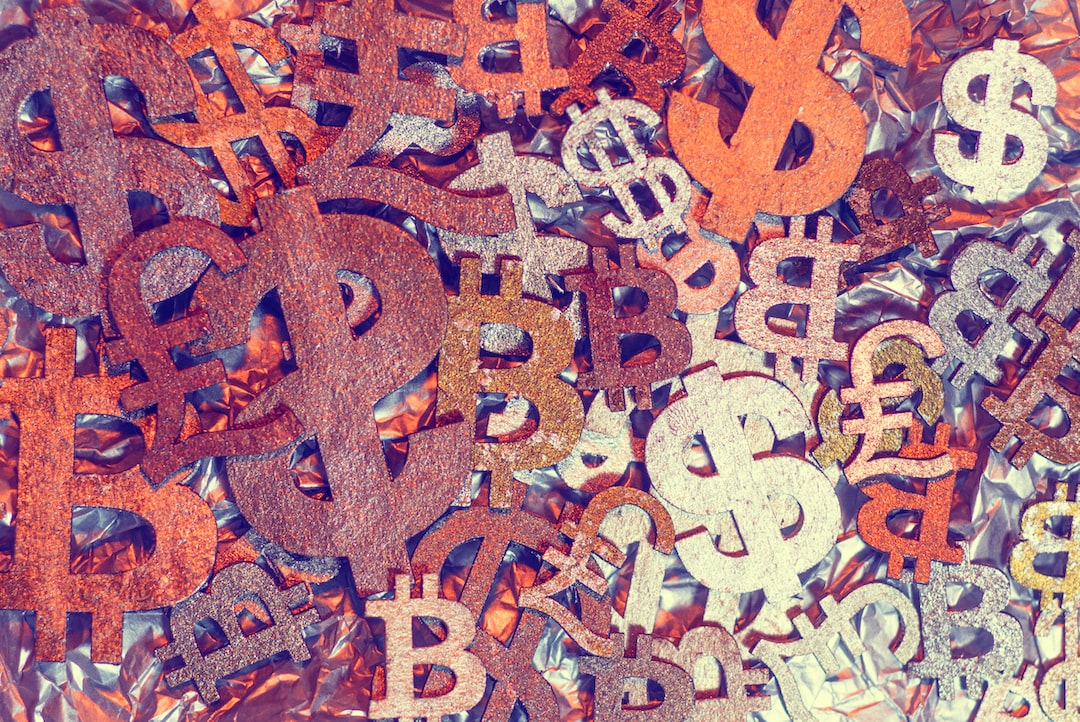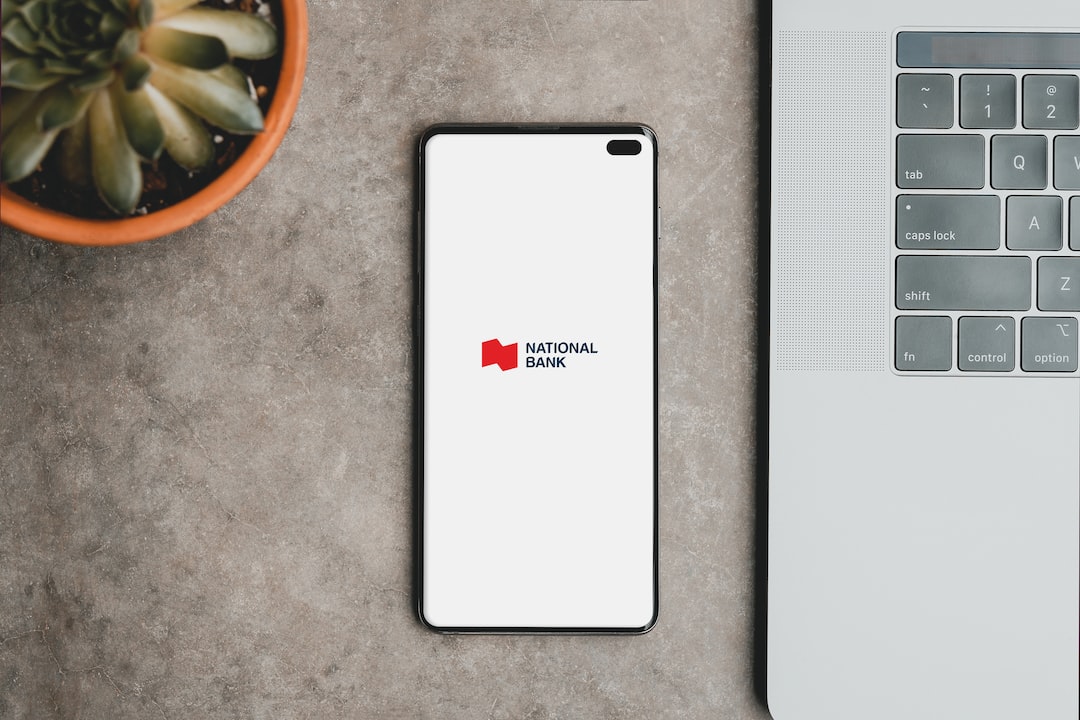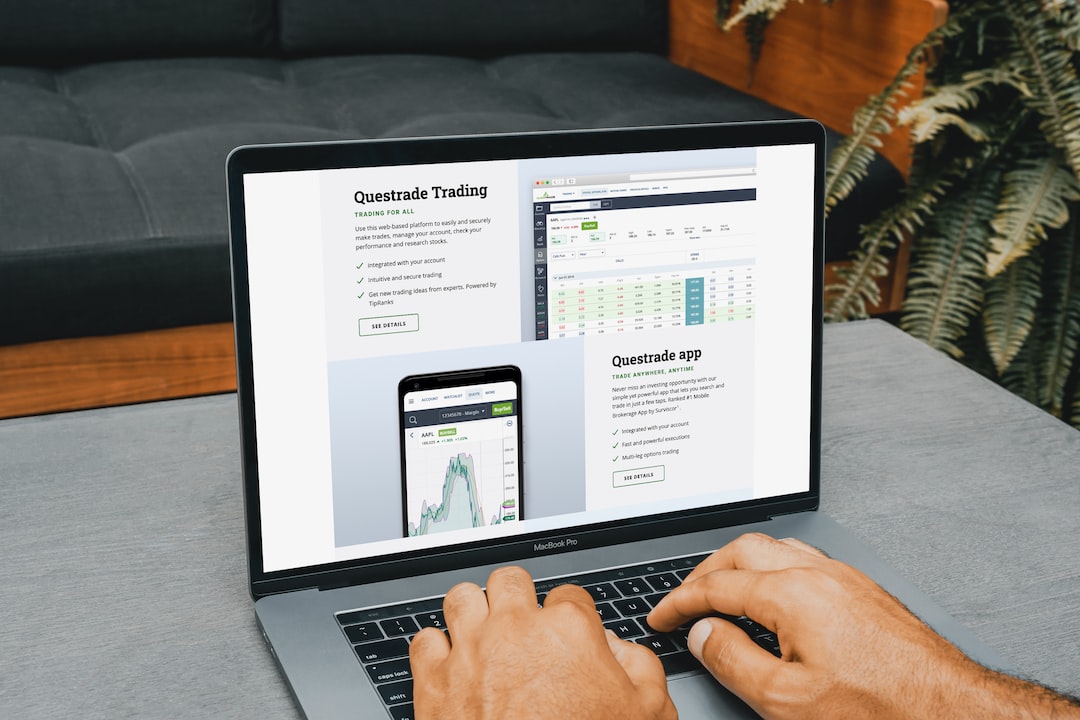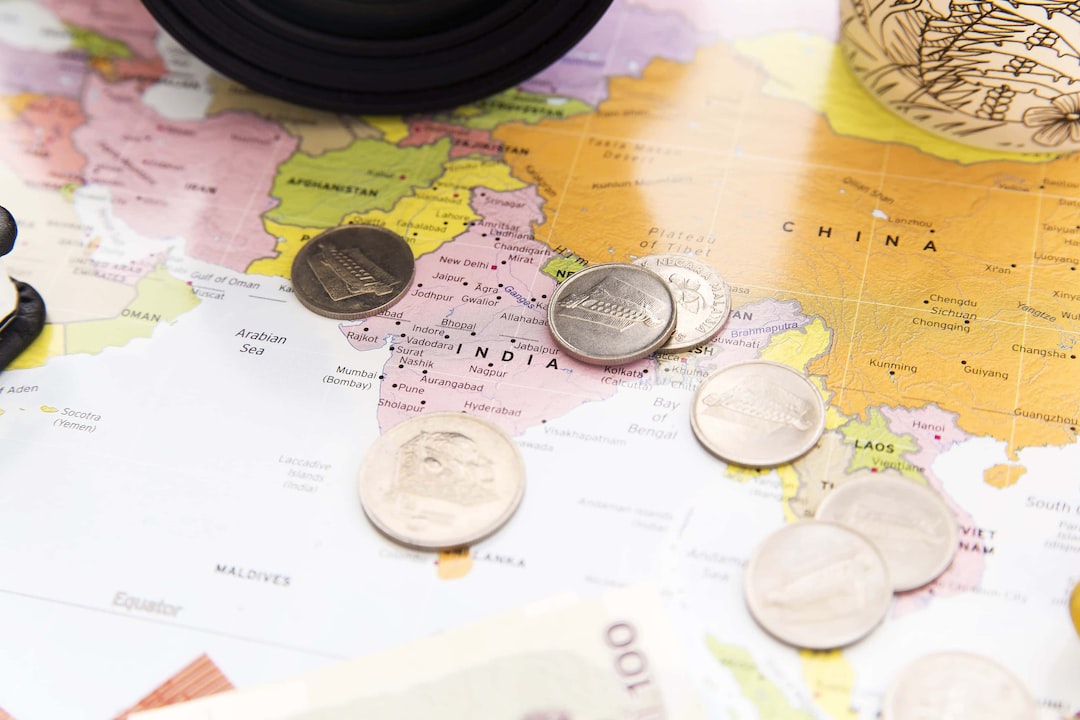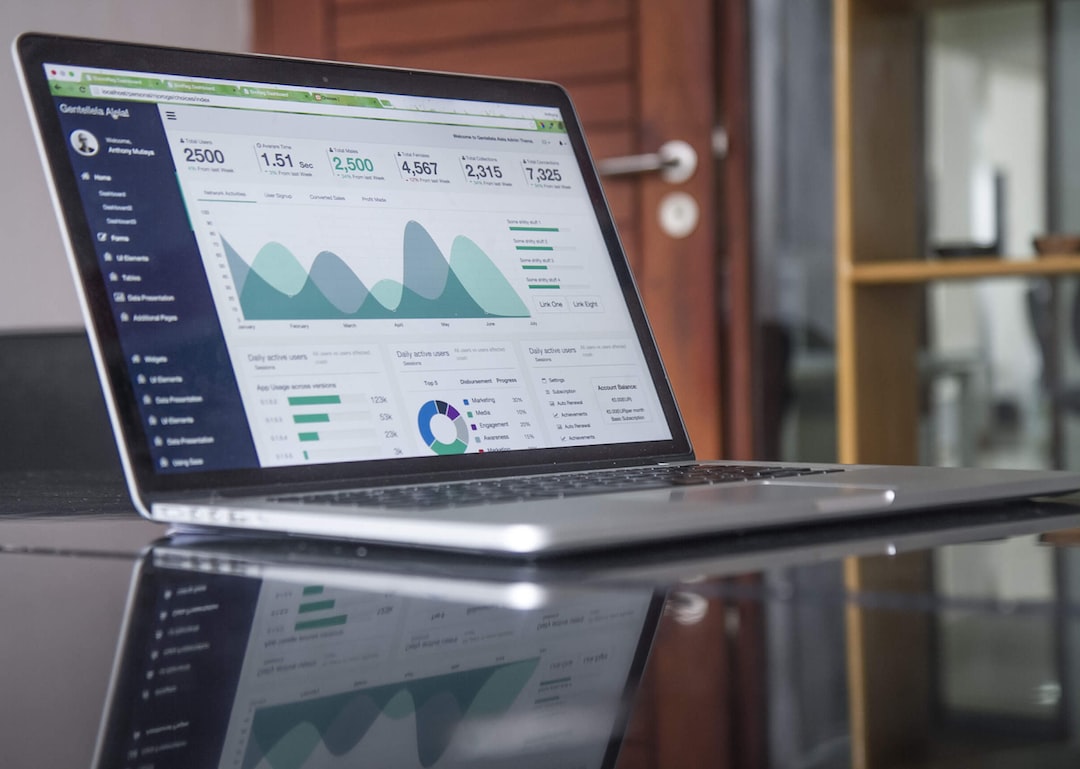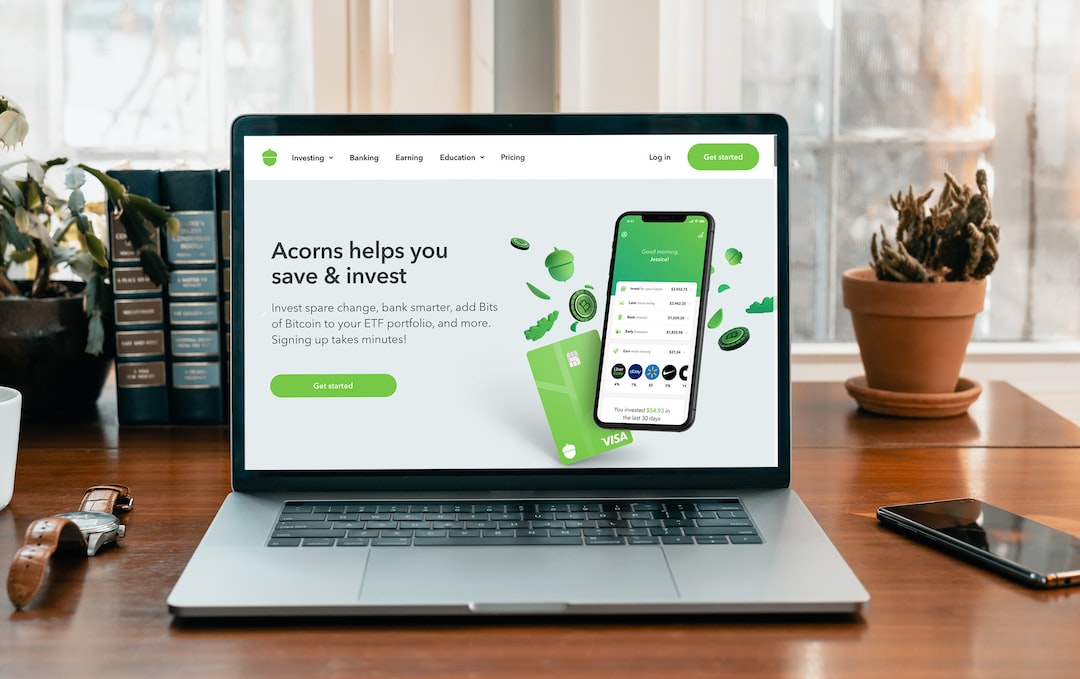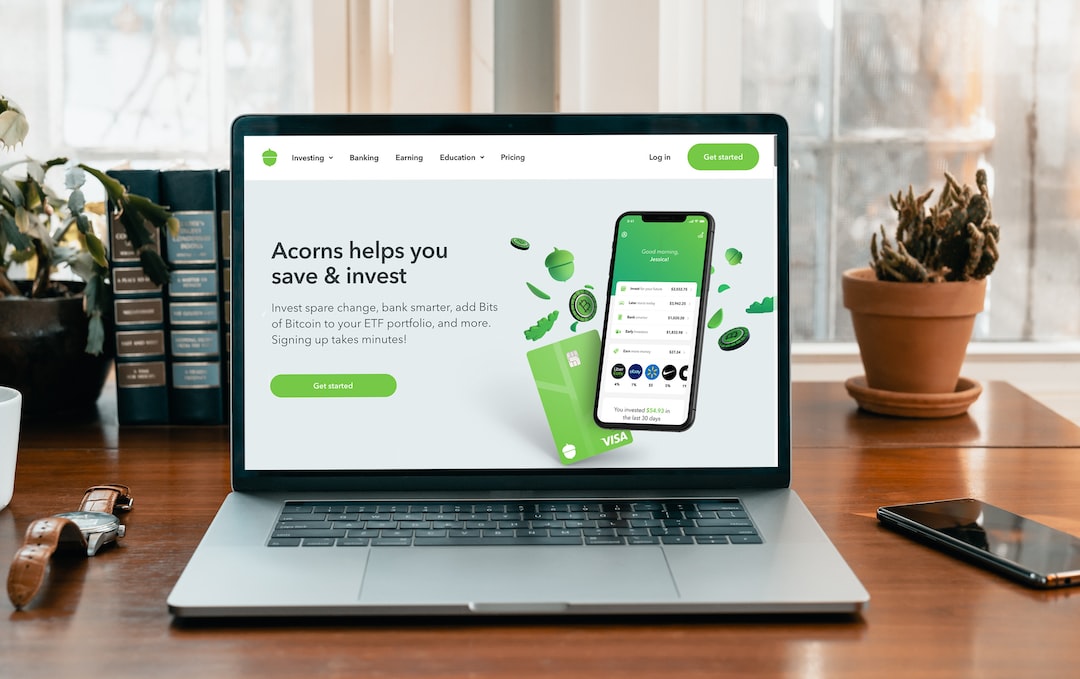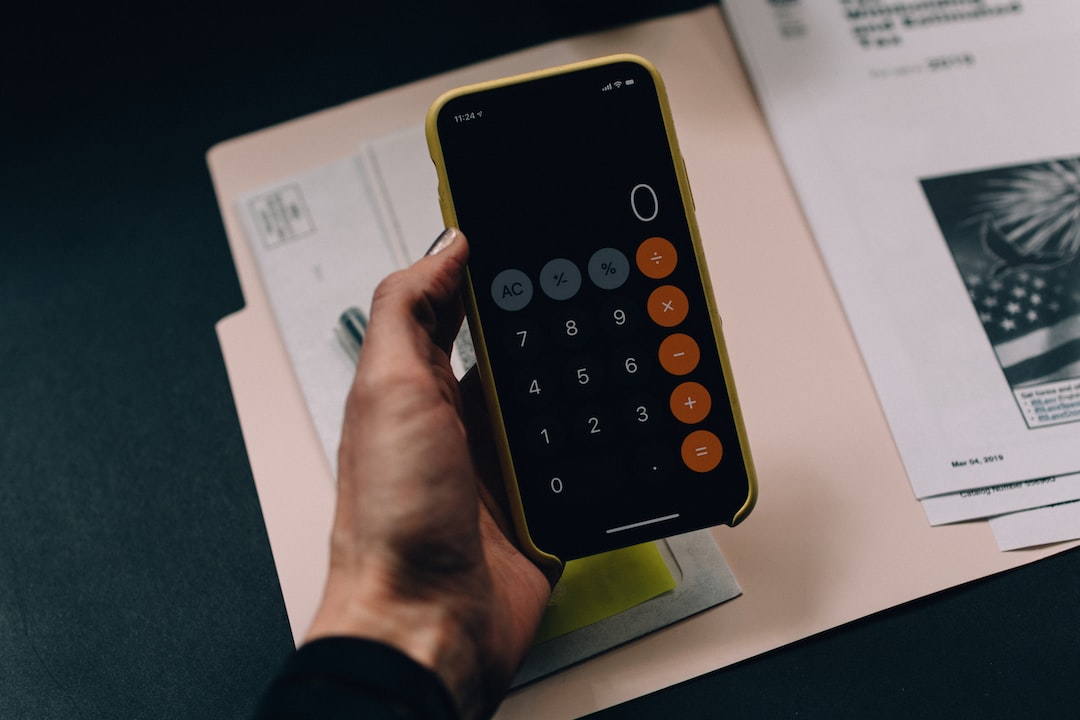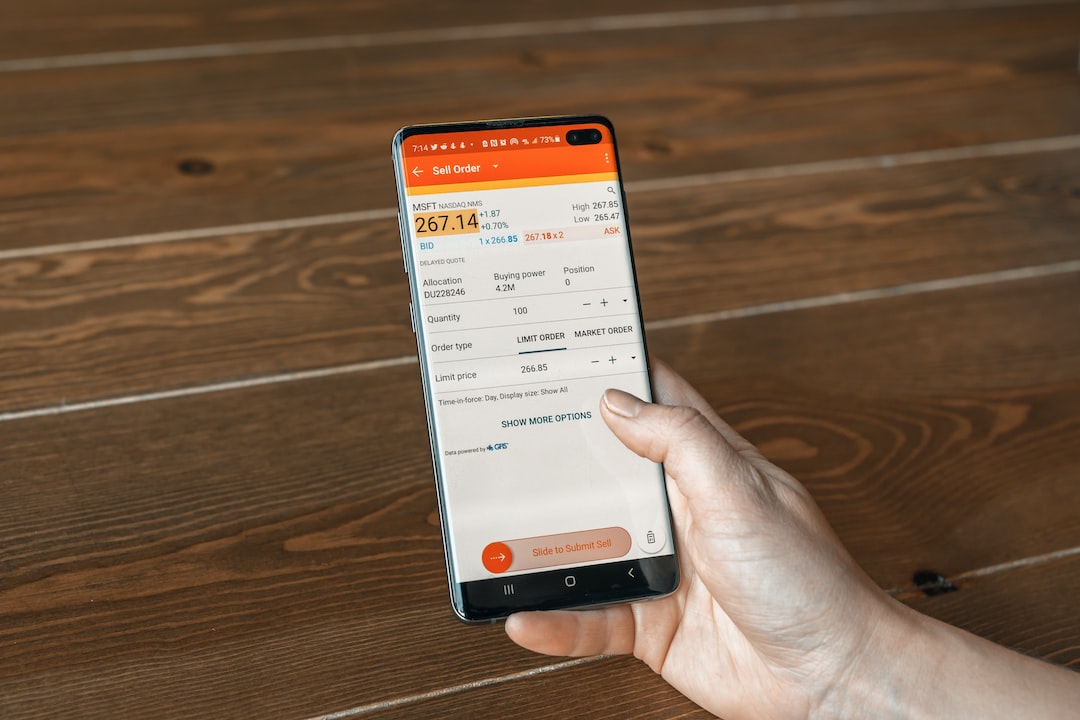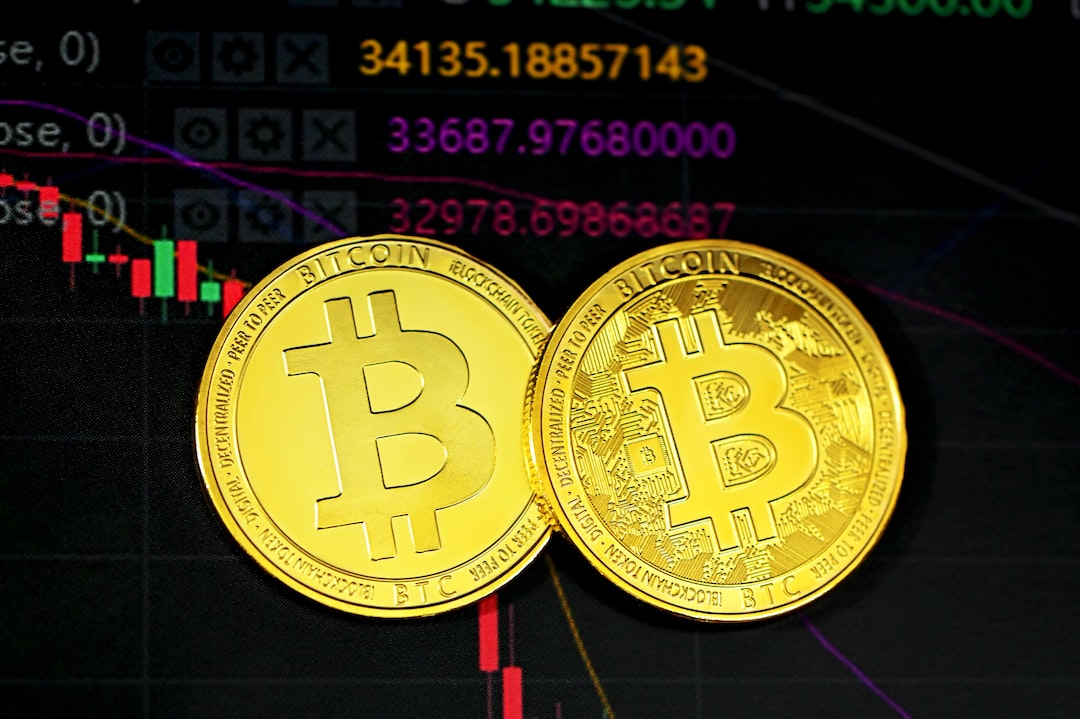With the global economy becoming increasingly interconnected, more and more people are traveling abroad for business or leisure. One of the most important aspects of traveling to a foreign country is managing your finances effectively. This is where HDFC prepaid forex cards come into play. These cards are a convenient and secure way to carry foreign currency while traveling abroad. In this article, we will discuss some important tips for using HDFC prepaid forex cards safely and securely abroad.
First and foremost, it is essential to understand how HDFC prepaid forex cards work. A prepaid forex card is a magnetic strip-based card that is preloaded with foreign currency. This card can be used to make payments at merchant establishments or to withdraw cash from ATMs. The card is accepted worldwide and eliminates the need to carry cash or traveler’s checks. HDFC prepaid forex cards are available in various currencies such as US dollars, Euros, British pounds, and more.
Before embarking on your trip, it is crucial to activate your HDFC prepaid forex card. This can be done by calling the customer care helpline or through the HDFC Bank website. Activation is a simple process that requires you to provide your card details and personal information. Once activated, you can load funds onto the card by either visiting an HDFC Bank branch or through net banking.
When using your HDFC prepaid forex card abroad, it is essential to keep it safe and secure. One of the best ways to do this is by memorizing your card’s PIN and not writing it down anywhere. Additionally, avoid sharing your PIN with anyone, including bank officials or merchants. It is also advisable to cover the keypad while entering your PIN at ATMs or point-of-sale terminals to prevent anyone from seeing it.
In case your HDFC prepaid forex card is lost or stolen, it is crucial to report it immediately to the customer care helpline. HDFC Bank offers 24/7 customer support for such incidents. By reporting the loss or theft promptly, you can prevent unauthorized transactions and safeguard your funds. The bank will block the card and issue a replacement within a few working days.
To further enhance the security of your HDFC prepaid forex card, consider enabling transaction alerts. HDFC Bank allows you to receive instant SMS or email notifications for each transaction made using your card. This way, you can keep track of your expenses and quickly identify any unauthorized activity. Transaction alerts also provide an added layer of security by alerting you to any suspicious or fraudulent transactions.
Another important tip for using HDFC prepaid forex cards safely and securely abroad is to be aware of dynamic currency conversion (DCC). DCC is a service offered by some merchants where they convert your transaction amount into your home currency at the point of sale. While this may seem convenient, it often comes with unfavorable exchange rates and additional fees. To avoid DCC, always choose to be billed in the local currency of the country you are visiting.
Lastly, it is advisable to have a backup plan when traveling abroad with your HDFC prepaid forex card. While these cards are widely accepted, there may be instances where certain merchants or ATMs do not accept them. In such cases, it is always good to have some cash or an alternative payment method like a credit or debit card. Additionally, inform your bank about your travel plans to ensure uninterrupted usage of your card and prevent any unnecessary blockages.
In conclusion, HDFC prepaid forex cards are a convenient and secure way to carry foreign currency while traveling abroad. By following the tips mentioned in this article, you can use your card safely and securely. Remember to activate your card, keep your PIN confidential, report any loss or theft immediately, enable transaction alerts, be cautious of DCC, and have a backup plan. With these precautions in place, you can enjoy a hassle-free and worry-free travel experience.



